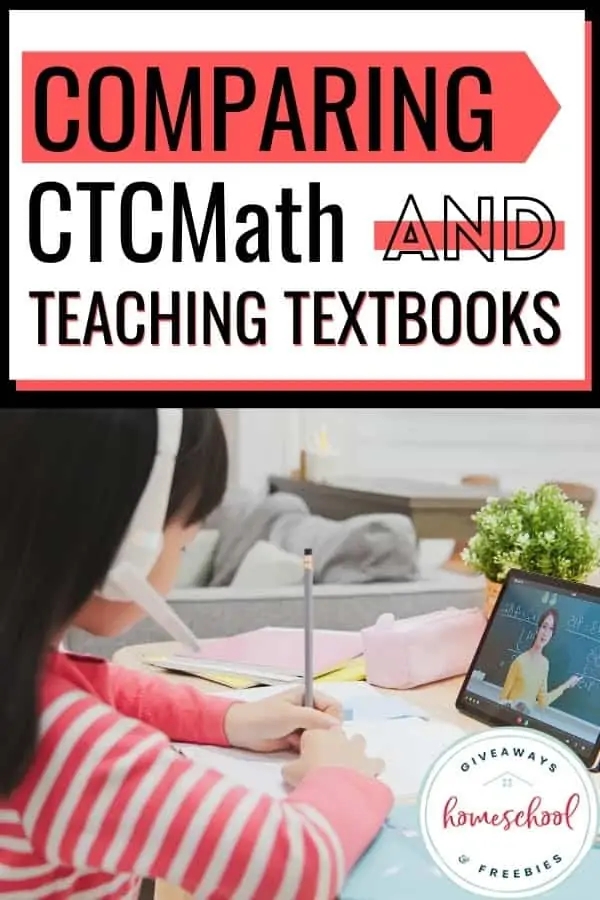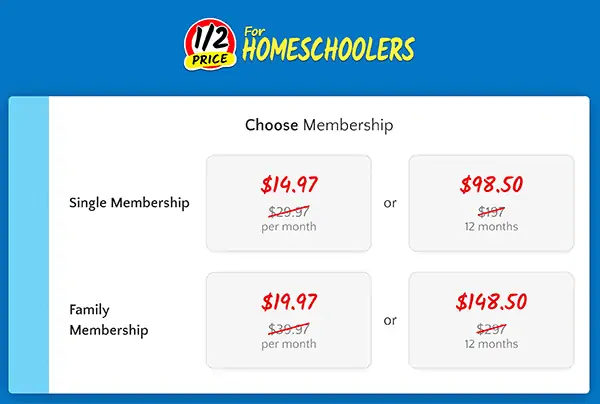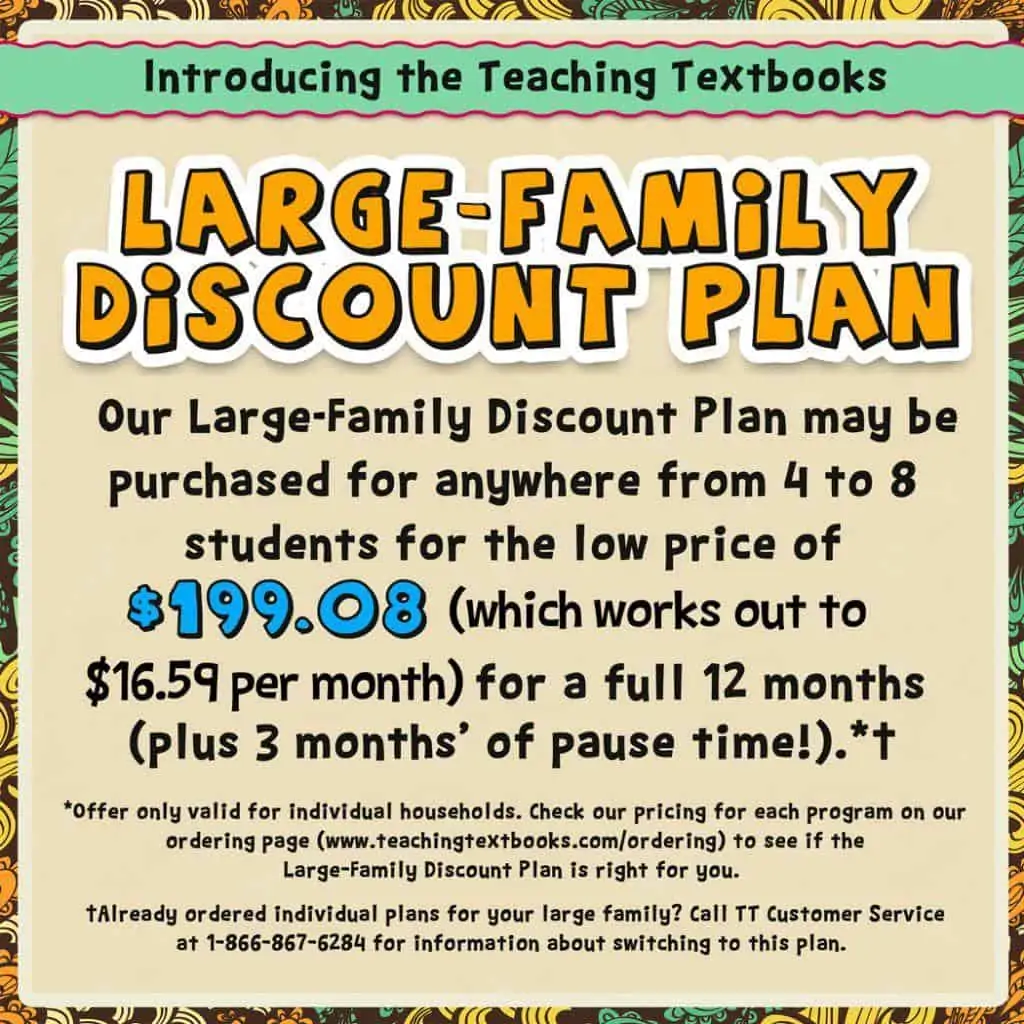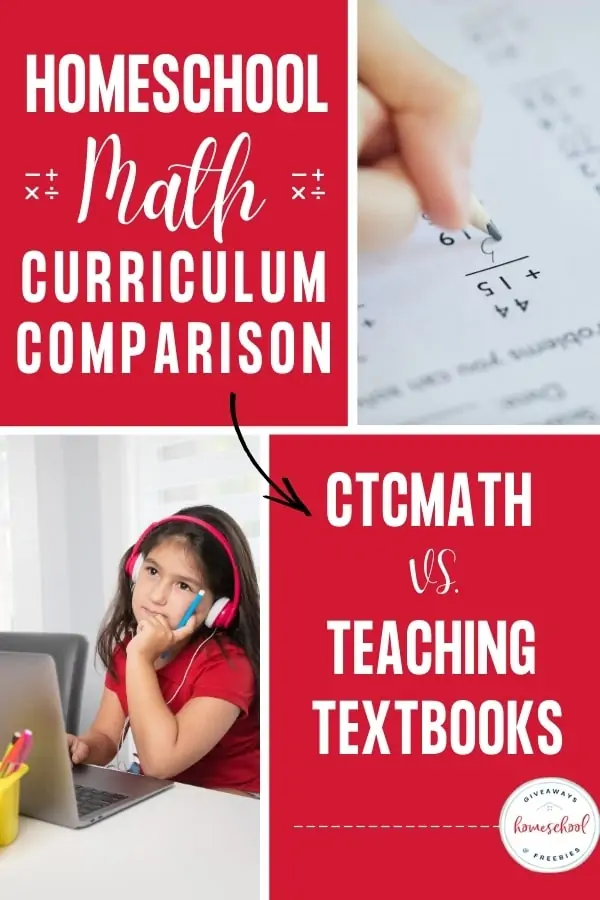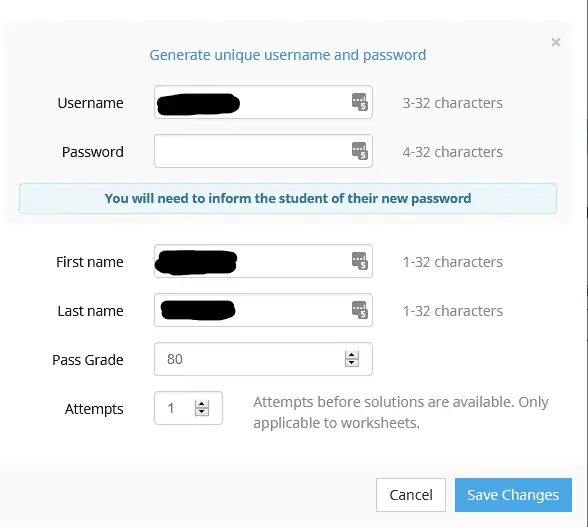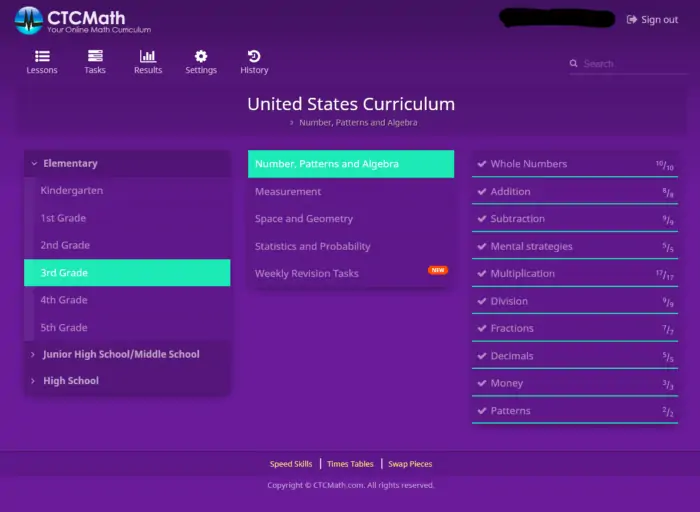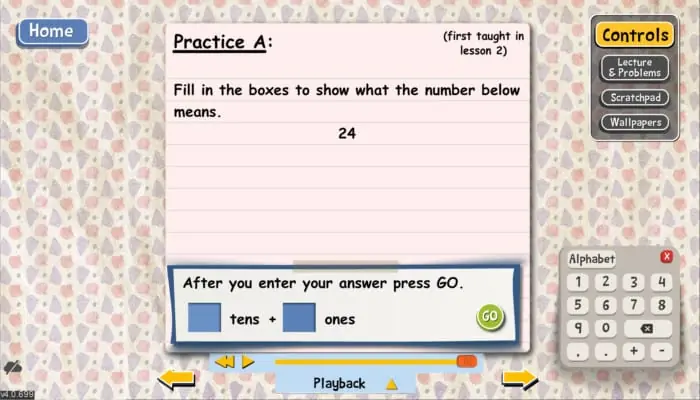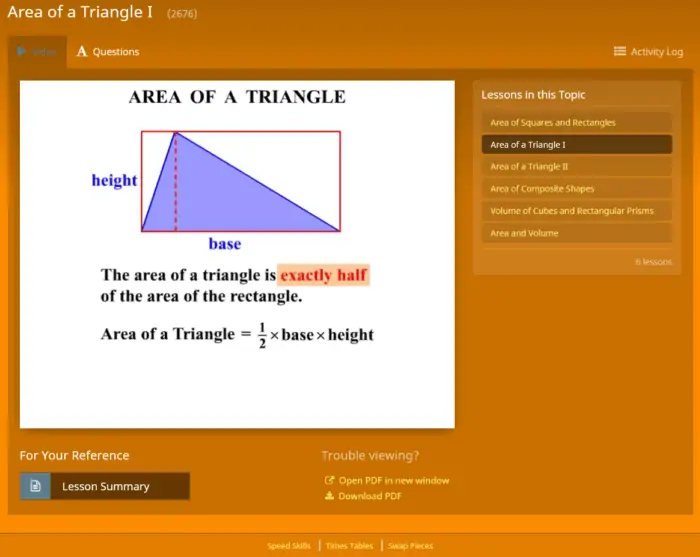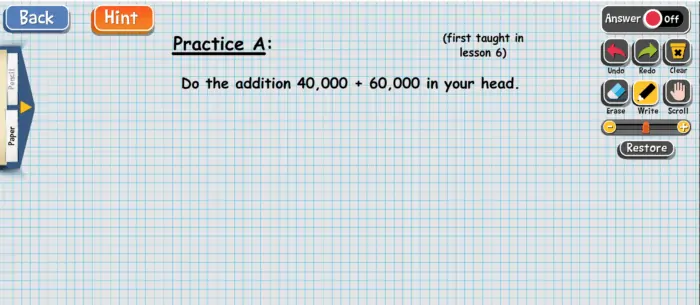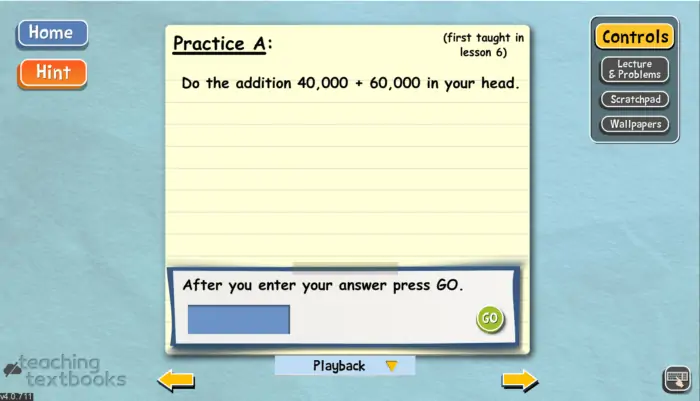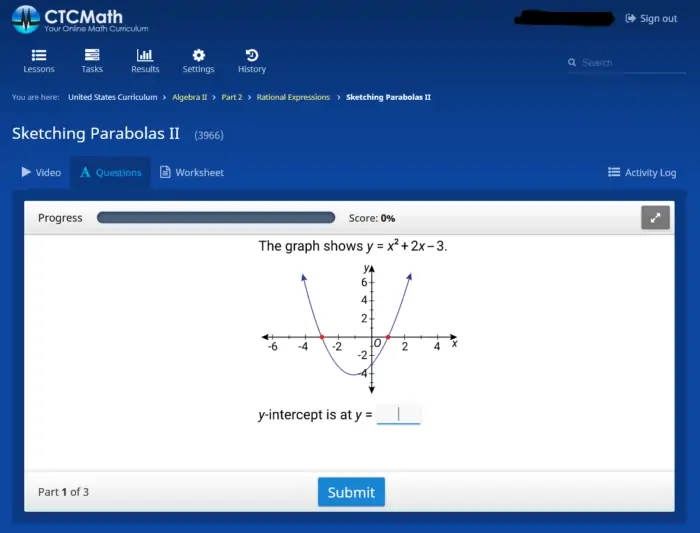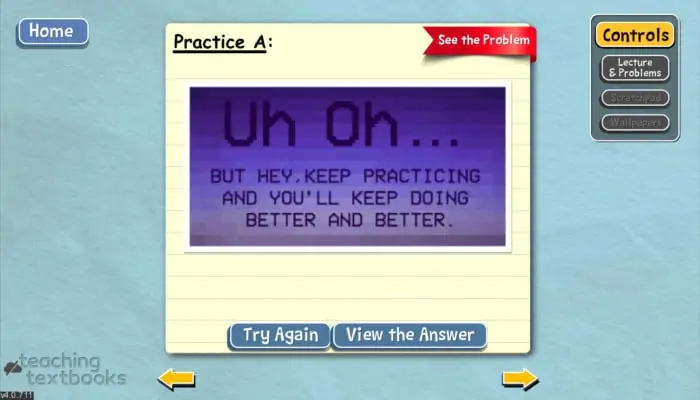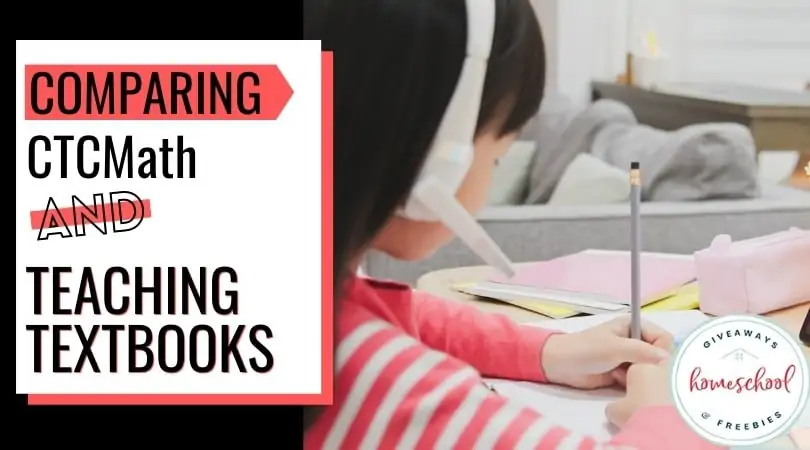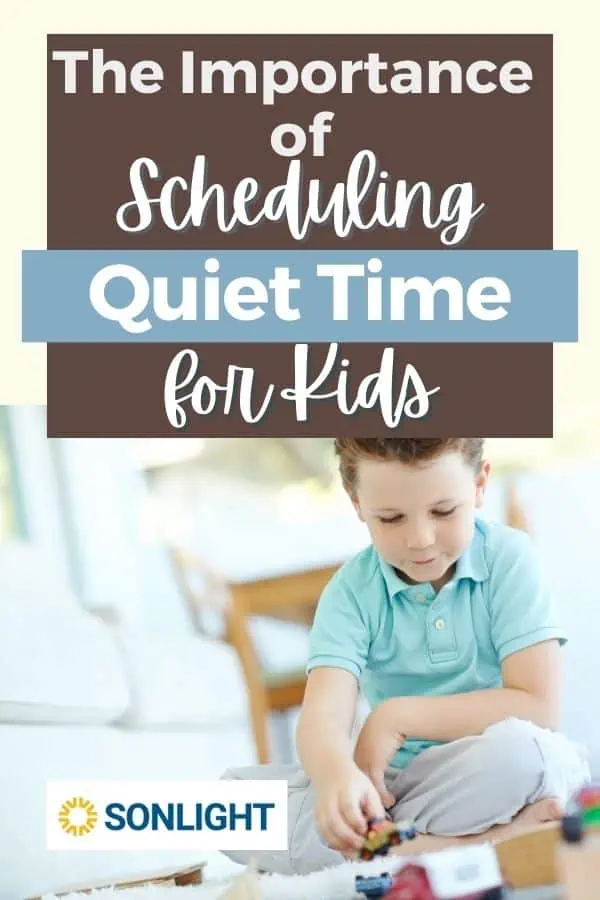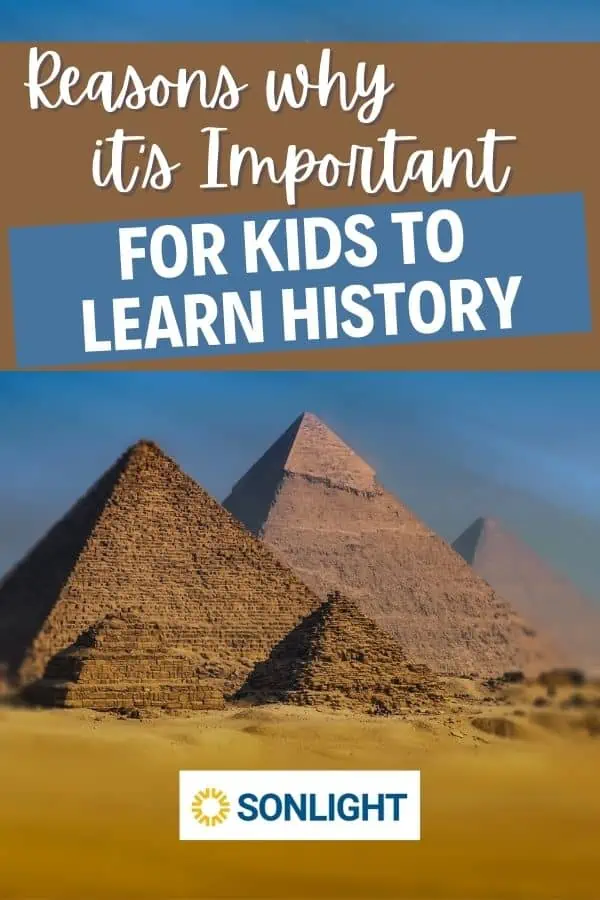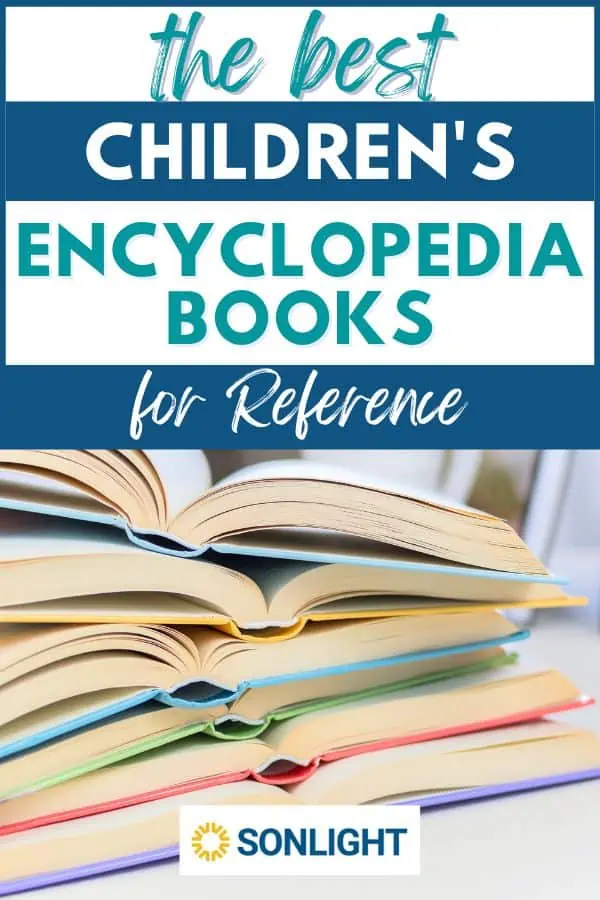Comparing CTCMath & Teaching Textbooks
Published:
April 12, 2021

Contributor:
Annette Breedlove
Disclosure: This post may contain affiliate links, meaning if you decide to make a purchase via my links, I may earn a commission at no additional cost to you. See my disclosure for more info.
For going on six years now, we have outsourced our math lessons – it was the best homeschool decision we ever made! I am not a math person, so using an online math program makes the most sense for my family.
Homeschooling parents often prefer to use an online homeschool math program as a full math curriculum, so in this post, we are comparing two of the most popular options.
For a couple of years we used Teaching Textbooks (the CDs) for our older students. The amount of freedom that brought to not only me, but our homeschool, was incomparable. The next year we were introduced to CTC Math and have been using it ever since.
In this post we’re comparing CTC Math with Teaching Textbooks so you can get a good idea how these math curricula stack up side-by-side.
How Do You Teach Math if Your Not a Math Person?
As a “veteran” homeschooler I am constantly asked, “How do you teach a subject you don’t love, like, or even enjoy?” And to be honest, I don’t!
Most people have a favorite subject to teach (and learn) as well as a least favorite. For most people, teaching math falls into one of two categories – either you love it or you hate it, there is rarely an in-between.
Every Math Curriculum is Different
Although numbers are numbers, I have found that no two math programs are really the same. So today I want to share an honest comparison of Teaching Textbooks 4.0 and CTC Math curriculum. Maybe this will help you determine if either program is a good fit for your homeschool.
I have some general thoughts on each curriculum, then I allowed my children to do a couple lessons to compare each on their own grade levels. For the purpose of this article, we compared Grade 3, Grade 6, and Algebra 2.
Full disclosure: My family does use CTC Math as our math curriculum. However, we did download the trial version of Teaching Textbooks 4.0 and kept an open mind about it to truly see the changes and compare them side-by-side.
Payment & Plans for CTC Math Vs. Teaching Textbooks
- Trials are different. CTC Math offers the first lesson of each topic across ALL grade levels plus their diagnostic tests for guest students v. Teaching Textbooks 4.0, which offers the first 15 lessons of the specific grade level(s) chosen.
- Both have family plans – CTC Math is one price for all kids across all grades, Teaching Textbooks 4.0 has a family plan for multiple levels and ages, but can be cheaper depending on levels you need.
- CTC Math offers K-12 math courses, while Teaching Textbooks 4.0 does not start until 3rd grade.
- Large Family Friendly – CTC Math offers a homeschool family membership with one price for all kids and unlimited access to all grade levels during your subscription. Teaching Textbooks 4.0 gives a discount for large families (4-8 kids), but you are still required to purchase each level separately.
Thoughts on Pricing for CTC Math Vs. Teaching Textbooks
As a large family, pricing and reusable plans play a significant role in our curriculum decisions. When we used the Teaching Textbook CDs, I purchased them from other homeschoolers at a steep discount, because brand new they were pricey.
Teaching Textbooks pricing has changed with the new online 4.0 version, so it is now much less expensive than purchasing the discs, ranging from $43.08 for individual grade levels 3-5, $55.08 for grades 6 and 7, and $67.08 for the upper math levels (you just don’t have the ability to re-sell and make your money back).
CTCMath has a monthly payment options for families who prefer to make smaller monthly payments, however there is a great discount if you pay annually.
View CTCMath prices and Teaching Textbooks 4.0 prices for comparison.
CTCMath Pricing Options:
Teaching Textbooks Large-Family Discount:
Free Trials
If you’ve never used either program, I highly encourage you to do a trial for each. Even though the trials are different, they do both give you a great overview of how they teach, the format of questions, and should give your child (and yourself) a feel for the program. This is a great way to determine which would be best for your child’s learning style.
The differences in teaching styles as well as format and layout might be a factor for your child, so a free trial should help determine which math curriculum would be the best fit for your student(s).
| CTCMath | Teaching Textbooks | |
|---|---|---|
| Trials | Offers first lesson of each topic across ALL grade levels for Guest Students. | Offers the first 15 lessons of whatever level(s) chosen for trial. |
| Pricing | Offers single and family memberships. Homeschoolers get a 50% discount! Monthly payment options. | Pricing varies for different grade levels, ranging from $43.08 – $67.08. No monthly payment options. |
| Family Plans | One price for all kids across all grades. | Family plan for multiple levels and ages, sometimes it can be cheaper depending on what levels you need. |
| Large-Family Friendly | Allows for unlimited students in the family plan. | Offers pricing for families with 4-8 children. |
| Grade Levels | K-12 courses; including Trigonometry, Pre-Calculus, and Calculus. | 3rd – 12th; including Algebra 1, Geometry, Algebra 2, and Pre-Calculus. |
Accessing Math Lessons for CTC Math Vs. Teaching Textbooks
- Grade levels – CTC Math provides you access to every grade level vs. Teaching Textbooks 4.0 that only gives you access to the grade level(s) you purchase.
- Registration – CTC Math requires each child be registered, but then students have access to all grade levels. Teaching Textbooks 4.0 requires each child be registered, but they are tethered to a grade level. If you wish to progress faster, a new grade level must be purchased. If you wish to take more time, you can request more time to complete the course, but you do have one full calendar year (12 months) and most children do not require a longer period.
- Interface – CTC Math is a web-based program that does require Internet to view the lessons and questions. Some lessons have downloadable PDF worksheets to use and enter the answers, but the teaching portion still needs internet to be viewed. Teaching Textbooks 4.0 lessons are downloaded with the program (trial and full versions), and can be downloaded on multiple devices that will sync across when connected to the Internet. Teaching Textbooks is working on a solution for an offline feature. Since Teaching Textbooks 4.0 is an app, it was specifically designed for a large range of mobile devices, such as Android and iOS tablets.
Comparing Accessibility for Use With Multiple Students
My Thoughts on How CTC Math Stacks Up Against Teaching Textbooks for Accessibility and Use with Multiple Children:
As a large family, ease-of-use and re-usability rank just under pricing when choosing curriculum. If it can be used from child to child, that is a huge bonus in my book. We have two children who enjoy math and two that struggle. Now we have never taken more than a calendar year on one level, but we have done more than one level in a calendar year. How much time each child takes on a level varies.
So the fact that CTCMath gives us the freedom from both angles is a plus for us.
Do You Prefer One Lesson a Day?
If you stick to a strict schedule with only one lesson per school day, Teaching Textbooks 4.0 would be a great option. But remember, it cannot be transferred to another student and you still have to purchase each level separately.
Homeschooling On-the-Go
As roadschoolers, being able to use curriculum on-the-go is important. We like the ease of CTC Math since we can access it literally anywhere using the Internet.
Whether we’re traveling to visit family or from one campground to another, we can login to any of the kids’ CTC Math accounts from our phones, a computer, tablet, or any other device.
In the case of homeschooling on-the-go, Teaching Textbooks 4.0 would also work well. What stands out about Teaching Textbooks in regards to accessibility, is that you don’t need Internet once you set it up, except to sync your grades across all devices. However, it does need to be downloaded on each device separately.
| CTCMath | Teaching Textbooks | |
|---|---|---|
| Grade Levels | Access to every grade level regardless of membership. | Only access to grade level purchased. |
| Registration | Each child gets their own sign-in, as well as the parent; once registered, they have access to all grade levels for one calendar year. This allows your child to go at their own pace, as fast or as slow, as needed. | Each child is registered according to the grade level purchased and then has 12 months access. If they finish before, a new grade level must be purchased. If they need longer to complete the course, you can request more time. |
| Internet Required? | Internet is required for lessons and questions. Worksheets on some lessons can be downloaded, but answers must be entered while online. | Internet is required for sign-up, registration, and download of program file but not for viewing lessons. Syncing between devices can only happen when connected to the Internet. |
| Interface | Web-based program accessed completely online; some lessons do contain downloadable PDF worksheets that can be printed if needed. | An App is downloaded to your device and each lesson is then accessed. Can be downloaded to multiple devices. |
Lesson Overview for CTC Math Vs. Teaching Textbooks
- On average the CTCMath lessons are around 5-7 minutes. Kindergarten lessons are usually around 2-3 minutes, with elementary being 3-5 minutes. Middle School lessons (6th-8th grade) hover around 5-7 minutes and High School levels can be up to 10 minutes, depending on difficulty. Teaching Textbooks seems to follow roughly the same format with lessons being slightly longer due to their interactive nature.
- Teaching Textbooks 4.0 reads everything for you. There is no mute option in the program, so you would have to mute via your device. If you have a struggling reader, it is going to read all the questions for them rather than force them to try and read it on their own. CTCMath offers a “read aloud” option, but they must physically click the speaker icon on each question and solution for it to engage. With this option, my children have improved their reading skills while doing math!
- CTCMath has a larger question bank wizard than Teaching Textbooks 4.0. CTCMath has an average of 30-40 questions per lesson (you can keep re-doing the lesson and get new questions), which gives the student more practice without the possibility to memorize the questions/answers. Since CTC Math take a mastery approach, offering a new set of questions is an important component of CTC Math lessons. Teaching Textbooks 4.0 has only a set number of questions that can be done more than once with the option to view the solution. While we like the ability to view the solution for each problem, this also gives the student the ability to memorize the questions/answers, thus improving their grade without actually learning the material.
| CTCMath | Teaching Textbooks | |
|---|---|---|
| Lesson Length | short videos with a 5-7 minute average; with younger grades being shorter and upper grades a little longer. | 8-10 minute average; with younger grades being shorter and upper grades a little longer. |
| Reading help | Offers assistance if needed but students have to click the speaker icon for the question to be read aloud. | Every question is read aloud with no way to mute, unless done through your device. |
| Question Bank | Averages 30-40 questions for most lessons; upper grades can be less, depending on the lesson. | Only 22 questions per lesson (on average); but does include several practice questions. |
My Thoughts on CTCMath Lessons Vs. Teaching Textbooks Math Lessons
As a person who didn’t particularly enjoy math, I am all for shorter lessons. I actually believe the shorter lessons with fewer concepts is a brilliant tactic. Both CTCMath and Teaching Textbooks 4.0 use this approach.
These shorter, bite-sized lessons with interactive questions are perfect for at-home learning.
They are more focused and allow your child to learn one concept at a time, while building on previous lessons. We have found this works very well for our children who are all visual learners.
CTCMath teaches each lesson as efficiently as possible and gives several examples before moving on to the questions.
Teaching Textbooks 4.0 offers interactive lessons where students answer questions while learning the new concept. The interactive lesson is nice, but it does take longer.
Teaching Textbooks 4.0 also offers practice questions before the “real” questions start, however we did not see the purpose of the practice questions since the lessons are interactive. But if you have a student that struggles with math, they might be beneficial. Practice lessons don’t affect the student’s grade and are not required.
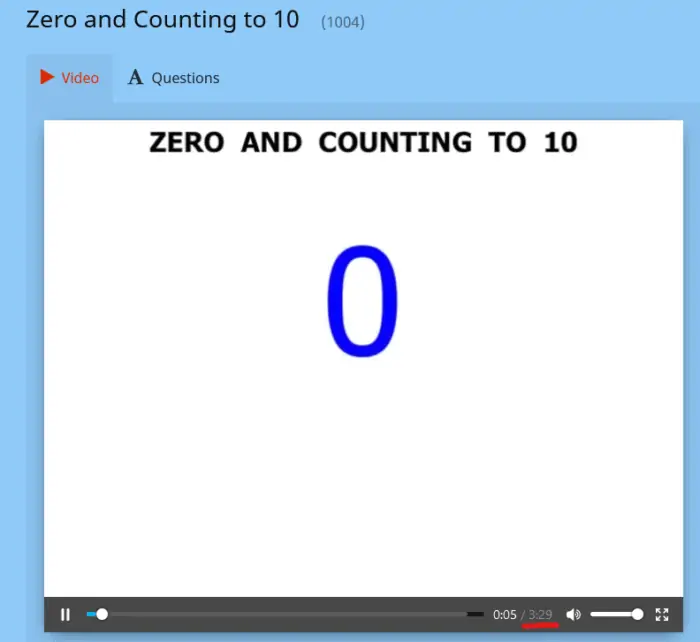
CTCMath lesson length for a Kindergarten Video (3:29) |
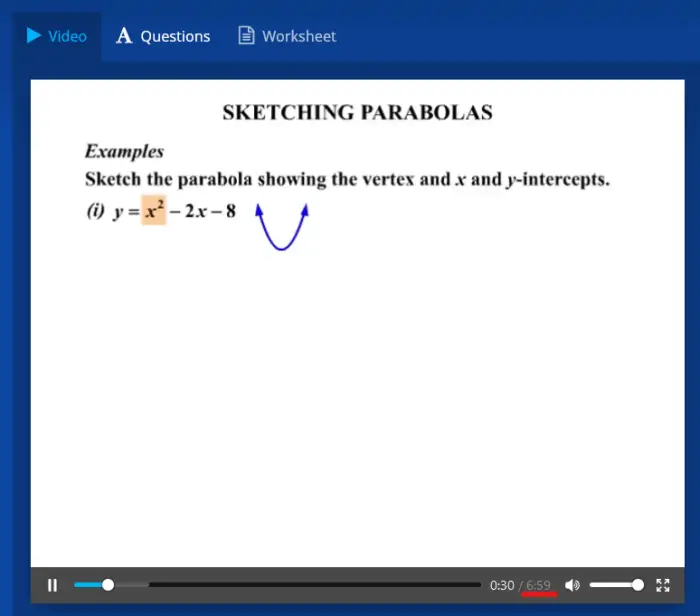
CTCMath lesson length for an Algebra 2 Video (6:59) |
Question Banks
Another difference, and a rather large one in my opinion, is the question bank for each curriculum. Now I am not one for pointless math drills where you give a child 100 addition problems just because. However, when my oldest used the CDs for Teaching Textbooks years ago, I found that he would watch the lessons and ‘try’ the questions, but if he missed them, he would watch the solution (with my permission).
While that might be beneficial for some, for him it was a way he could “get the answer” without actually learning the material. I soon realized he was simply memorizing the questions he got wrong and answering them correctly the next time.
CTCMath offers 30-40 questions per lesson, so if you retake the lesson, your questions will vary. And while they don’t give the option of showing the solution for each problem, we found this format to work better for our own children.
Customization Features for CTCMath and Teaching Textbooks
- CTCMath can be tailored to your wants and needs from the parent login. I can set their “passing grade” in order to get a completion on a lesson. Without that grade, they don’t get the checkmark and it will actually show they didn’t complete all lessons in the grade level. You can even set each student’s pass grade separately, so if you have one child that struggles more with math, you can adjust their pass grade. You can edit grades, but they only allow you to delete the entire lesson, not actually change the grade.
- Teaching Textbooks 4.0 is a little more detailed than CTCMath. If your child messes up, doesn’t get a passing grade, or a certain 2-year-old starts answering questions while you’re in the bathroom, you can change the answer or delete the answer to specific questions with Teaching Textbooks 4.0 through the parent dashboard. However, as mentioned above, you will just get the same question/answer again.
- There are some visual customization options on both platforms. CTCMath offers a little more customization with background and accent colors, whereas Teaching Textbooks 4.0 only offers wallpaper and sticker options, but has a more kid-friendly appearance than CTCMath. Fun, but if the graphics are distracting it could be more of a hindrance than a positive. We like that you can customize the colors on CTCMath to be soothing and calming, which can help if math isn’t your favorite subject.
| CTCMath | Teaching Textbooks | |
|---|---|---|
| Parent Login | Set the “passing grade” per student; can delete lesson grades as needed for student to retake lesson. | You can delete individual questions or an entire lesson; no minimum grade is set. You can also see if your student viewed the solution to find out where they messed up, and how many tries it took to get the correct answer. |
| Student Customization | Students can choose their own background and accent colors. | Students can choose their own wallpaper and sticker options, but colors are not changeable. |
In Summary, Customization of Interface for CTCMath and Teaching Textbooks:
As a child, I can see the draw to the fun wallpapers and stickers. They give students the ability to express themselves. However, as a parent, I’m not sure I like it. All of my children are different and while the customization is fun, I don’t want it to distract from their learning.
So I could see where it might be an issue if they were more consumed with the options than their lessons. The good news is that Teaching Textbooks 4.0 allows you to turn off all stickers and has a plain blue wallpaper to minimize the stimuli if needed.
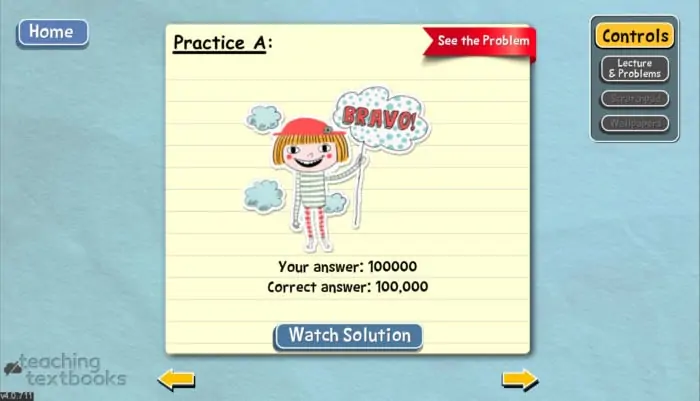
The sticker graphics are a little childish for older children. But my younger children seem to enjoy them. |
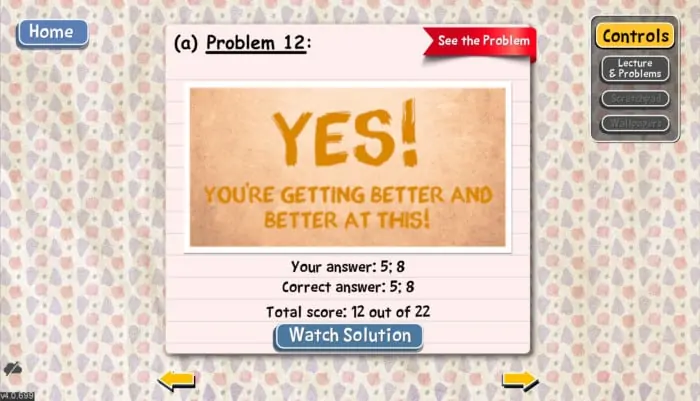
The good news is you can remove the option for stickers, so they just get a generic message for each correct answer. |
As a parent, I like the extra customization of choosing a “passing grade” score for my children. One of the benefits of homeschooling is being able to tailor our curriculum and lessons to each child and our family.
With that said, I do think a “passing grade” is necessary for some subjects. If they need extra teaching and practice, that is perfectly fine, but allowing them to move on to the next lesson with only a 50% isn’t acceptable and means they don’t understand the concept. This is dangerous as they will continue to build on each concept and down the road it may harm them if they don’t understand it.
CTCMath’s Passing Grade and Attempts Settings:
Grade Level Reviews of CTC Math and Teaching Textbooks
I wanted to be sure and give a full review, not only from my perspective as the parent, but that of my children as well. Since we use CTC Math already, we sat down with the trials for each of the grades we are currently using. Below are their reviews of each program with likes and dislikes.
3rd Grade
My 9-year-old daughter pretty much sees life as rainbows and unicorns. There isn’t much she doesn’t like, but she does have very specific opinions. She is honest to a fault (literally), and doesn’t like to hurt feelings, so I had to explain to her that saying things she might dislike wouldn’t get her into trouble. Here are her thoughts and evaluation of each program from an artsy, happy-go-lucky, nine year old.
CTC Math 3rd Grade Review:
Likes – She likes that you can press the speaker to read the question, but it isn’t automatic. She prefers the simplicity of CTCMath to keep her focused. She likes that you can retake the lesson to improve your grade and have more practice and how the lessons are divided up by section and easy to see in the menu. She finds the videos easy to follow and the questions are straightforward.
Dislikes – She has no particular dislikes, because it is all she’s “ever known and has no problems with it.”
Below is a picture of the sections as they are laid out in CTCMath for 3rd grade. This is her custom color palette as well.
Teaching Textbooks 4.0 3rd Grade Review:
Likes – She likes that you can change the wallpapers and stickers (she’s my artsy girl) rather than just colors, like CTCMath. She also likes being able to view the solution for each problem, so it walks you through the answer. She found the “Hints” that are available to be helpful.
She decided she liked the “beach theme” seashells wallpaper. This also changed the paper color to pink, which she loved.
Dislikes – She didn’t like how much clicking it took to answer the questions and move to the next one. She did like that it read you the question, but then the solution area was not read to you, which she didn’t like.
Below is a picture of inside one of the questions. The portion inside the yellow lined paper is read to the student, but the portion in the “blue” box are not. This is one thing my 3rd grader found to be frustrating. She worried that “someone who couldn’t read well wouldn’t be able to answer the questions” as easily.
6th Grade
I have two children that are completing 6th grade math this year. My son is not a fan of most schoolwork, especially math, so I chose not to ‘interview’ him for this portion. Although he did hop in and give me some of his thoughts, which were very similar to his sisters (they were never in the room together).
CTC Math 6th Grade Review:
Likes – My daughter likes how it teaches through videos on a “plain” screen. She also enjoys the Speed Skills games and the Times Tables activity. She likes that you can just hit “enter” to answer the questions, and “enter” to go to the next one. She also likes the Australian accent because it’s fun.
Dislikes – She doesn’t like the review lessons, because they mix weeks together and they’re not focused on one concept. She also doesn’t like how the number of questions vary from lesson to lesson making it harder to get a “passing grade.”
Teaching Textbooks 4.0 6th Grade Review:
Likes – As a struggling reader, my 6th grade daughter likes that it reads each question to you. She was reading along, but she said it helped her go faster. She likes the fact that you can change the wallpapers instead of just colors, as in CTC Math, and that each question had the ability to view the solution if you got the question wrong. The scratchpad (pictured below) is cool for simple problems, but unless you have a touch screen it can be hard to use.
Dislikes – She didn’t like the number of questions or the “stickers” that pop up after each question. She also didn’t like the “notebook” look on the teaching and question portion. And the voice sounds like a robot teaching, so she doesn’t care for it as much as the teacher with the Australian accent in CTCMath.
Algebra II
My oldest enjoys math and always has. He is the one who used 2 years of Teaching Textbook CDs years ago, so it was interesting for him to see the difference between those and the new Teaching Textbooks 4.0 platform. He is very articulate and knows what he likes, so it wasn’t hard to get his opinions on either math program.
CTC Math Algebra II Review:
Likes – short lessons, focused and to the point. He shows the “long version” of working problems, then shows you shortcuts that ALWAYS work. Likes that it online. He also prefers the interface. Entering answers is easier (just hit “Enter” to submit the answer and then “Enter” again to go to the next question). Likes that it has speed skills and review lessons. Likes that he has a goal grade to achieve before moving on to a new lesson. He enjoys the Australian accent.
Dislikes – Number of questions varies on lessons, so that can make it harder to get a “pass grade.” As you can see above, there are 12 questions for this lesson, whereas a few lessons before had 15 and yet another had only 7.
He isn’t particularly fond of the lessons that only have a worksheet, but that’s just a minor inconvenience to him.
The lesson pictured above includes the video, questions, and a worksheet. Students have the option to answer the questions in the program or complete the worksheet and manually enter the answers. Some students may prefer this option if they have to write out the problems anyway, while others prefer the program questions.
Teaching Textbooks 4.0 11th Grade Review:
Likes – The lessons were a little interactive, but makes it take longer. The practice questions for each lesson could be helpful for anyone who isn’t sure about the lesson but they can also be skipped.
He liked that tests are included in the lessons, but not that they were required (side note: he doesn’t like tests in general). He liked being able to see the solution walked through for problems he might have missed. (Pictured below, you can see where it gives you the option to try the question again or view the answer.)
Dislikes – The lessons were longer and less to the point/more fluff. They were also a little more basic than he likes. Some of the questions weren’t actually math problems in the review lessons, but questions about “Algebra.”
He felt the graphics were unnecessary and somewhat childish for his liking. Comparing apples to apples, he didn’t like the format of questions/problems/answers and felt like it took longer. He didn’t like that every question was read to you, so he just muted the sound on the computer. He also did not care for the voice of the teacher.
Final Thoughts on CTCMath vs. Teaching Textbooks 4.0
While our family definitely prefers one curriculum over the other, both programs have their positives and negatives.
We like the flexibility that CTCMath offers, not only being completely accessible online, but also that our children can go as fast (or as slow) as needed throughout the year and even jump from different grade levels if needed. And all for one low price.
Even though I have recommended CTCMath to almost everyone I meet, there are some that find it doesn’t work for them. So to say one is superior to the other wouldn’t be fair. However, I hope my thoughts and those of my children above will help you make a more informed decision to find the best math program for your family.
In Conclusion
If you are looking for an online program for grades k-12 that teaches using a mastery approach, then CTC Math may be a great fit for you. Teaching Textbooks is also a good option, with a different way of teaching math lessons, but they only offer grades 3-12.
Keep in mind that not every homeschool math curriculum will be a perfect fit for all families. CTC Math and Teaching Textbooks 4.0 offer awesome weekly reports, an easy-to use student dashboard, and are both a great option for homeschool families.

